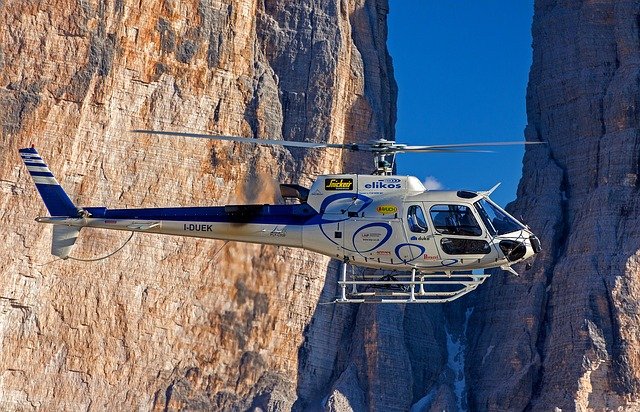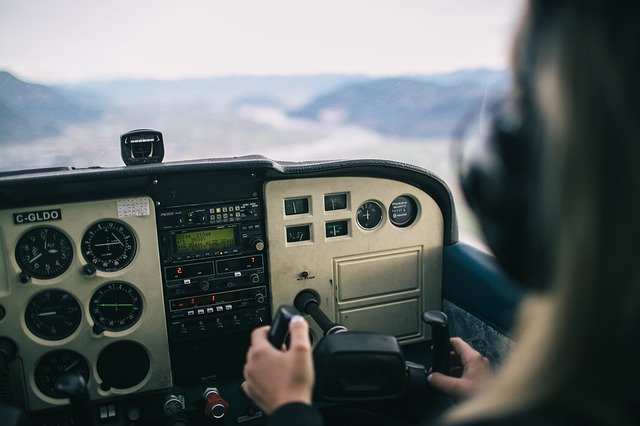
Its most characteristic feature is its rotating wings.
A helicopter is an aerial vehicle that flies thanks to a vertical axis propeller moved by the action of an engine . In this way it can ascend and descend vertically.
rotary wing aircraft
The aerodynamic lift of these aircraft , therefore, is based on the rotation of blades around a vertical axis. These are rotary-wing aircraft , unlike airplanes (which are fixed-wing aircraft).
The rotating element of helicopters is called the rotor . Generally the main rotor is located on the upper sector, installed on a vertical mast. In addition there is usually a tail rotor . Each rotor has at least two blades that give the ship thrust force and lift force.
Thanks to the rotor, the helicopter can take off and land vertically , which does not require a runway . The rotor also gives the helicopter lift without moving, allowing it to fly over the same area efficiently.
Uses of the helicopter
Due to their characteristics, helicopters are ideal for reaching isolated or congested places , where other types of aircraft cannot easily reach. Being able to remain static in the air , they are also very useful in rescues . On the contrary, its low load capacity and low flight range make it difficult to use in other circumstances.
Currently, helicopters are used in multiple ways. From search and rescue tasks to surveillance , transporting passengers and carrying out military offensives, helicopters fulfill many functions.
hover flight
Hovering flight is one of the two modes that the helicopter supports, and consists of making it rise in a single axis, that is, it does not move forward or move sideways. Despite what it may seem, it is the task that presents the most challenges to the driver .
Precisely, this type of flight, which is also known as static , demands more energy from the engines for the vehicle to stay in place, since it does not use any lifting force , as it does when moving forward. . To achieve stability, the pilot must carry out several corrections, a job that requires skill and precision.
While hovering the helicopter is difficult to achieve, each of the controls plays a well-defined role: the cyclic eliminates horizontal movement; the collective regulates the altitude; The pedals control the direction of the vehicle. Complexity is found in the combination of all of them, because it is not possible to adjust only one, so that each action necessarily entails two others.
translation flight
It is also known as translational flight , and it is the most common, since it is what allows the helicopter to be taken from one point to another. In this case, instead of "fighting" against the physics issues, the pilot can take advantage of them to combine them with his use of the different controls and achieve his objective. As a curious fact, it is more difficult to achieve the lower the height.

The helicopter has few controls, but coordinating them is difficult
During the first stage of horizontal translation, it is necessary to apply more power and control the altitude, because the vehicle tends to descend. As speed increases, on the other hand, the so-called translational lift , an aerodynamic phenomenon, reduces this need.
As we have seen in the case of hovering, controlling the helicopter is more difficult the smaller the displacement . This can also be seen in stability , which can impact the comfort of passengers, particularly those who are afraid of flying.
